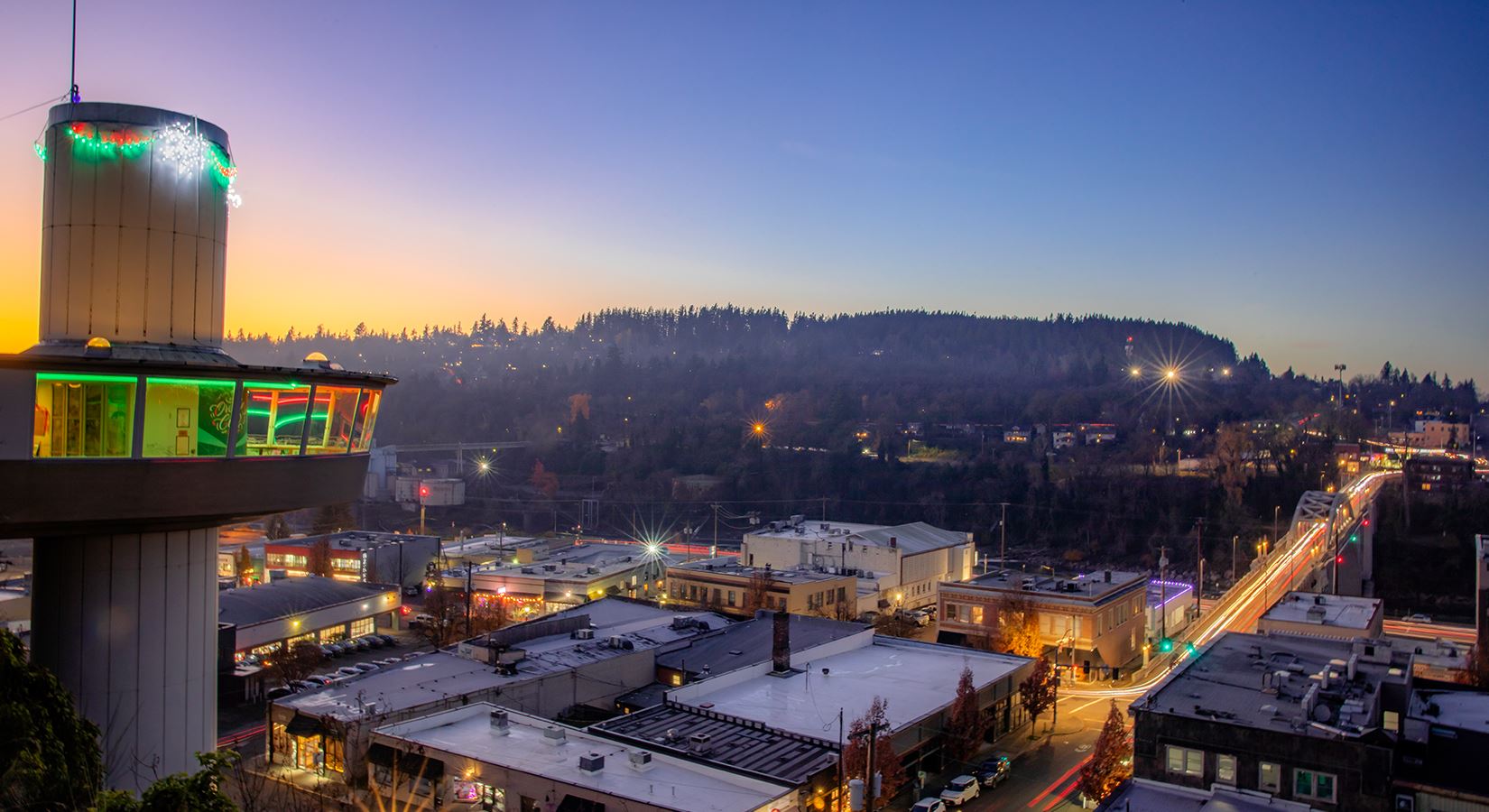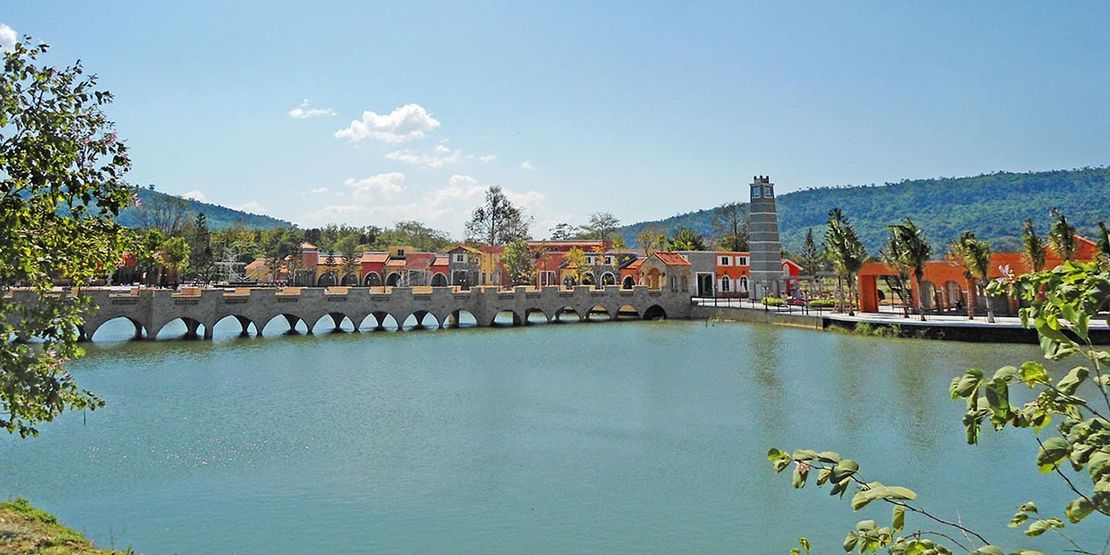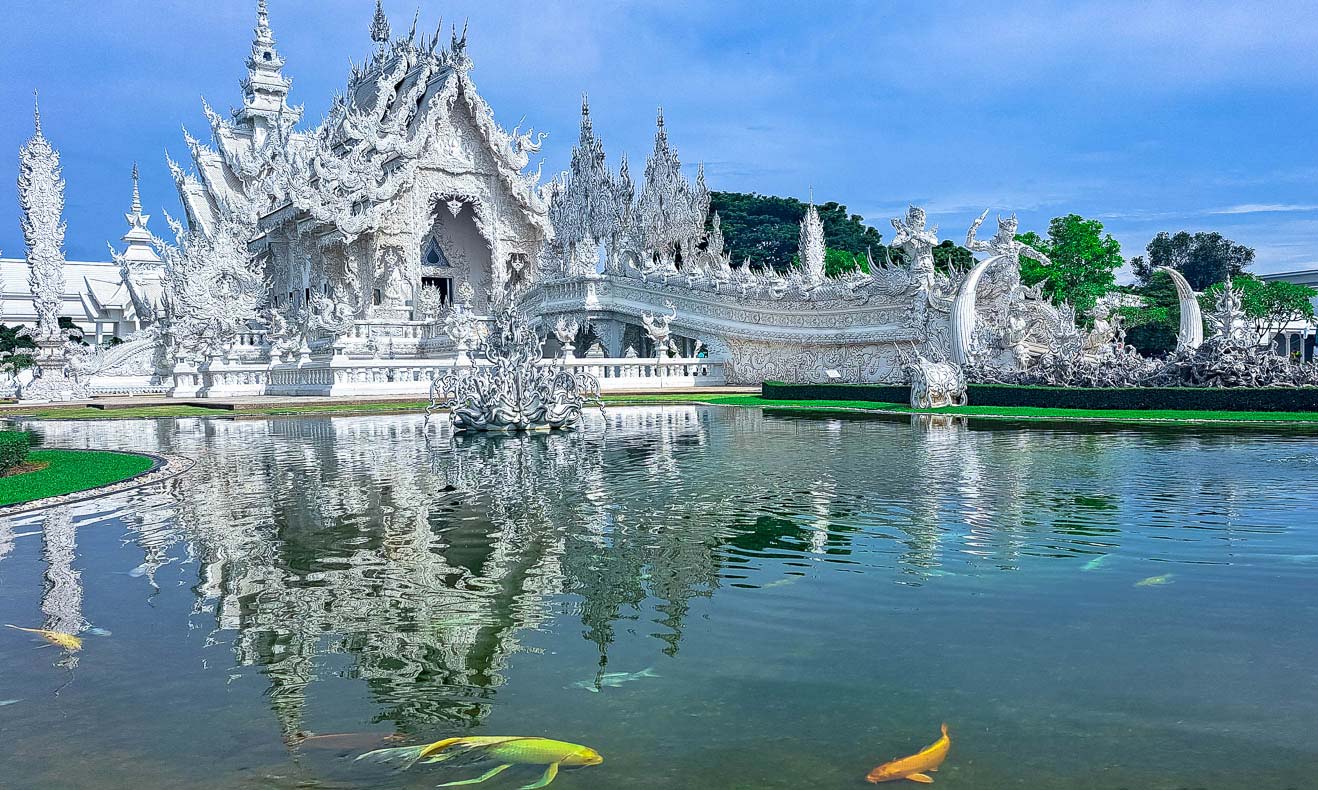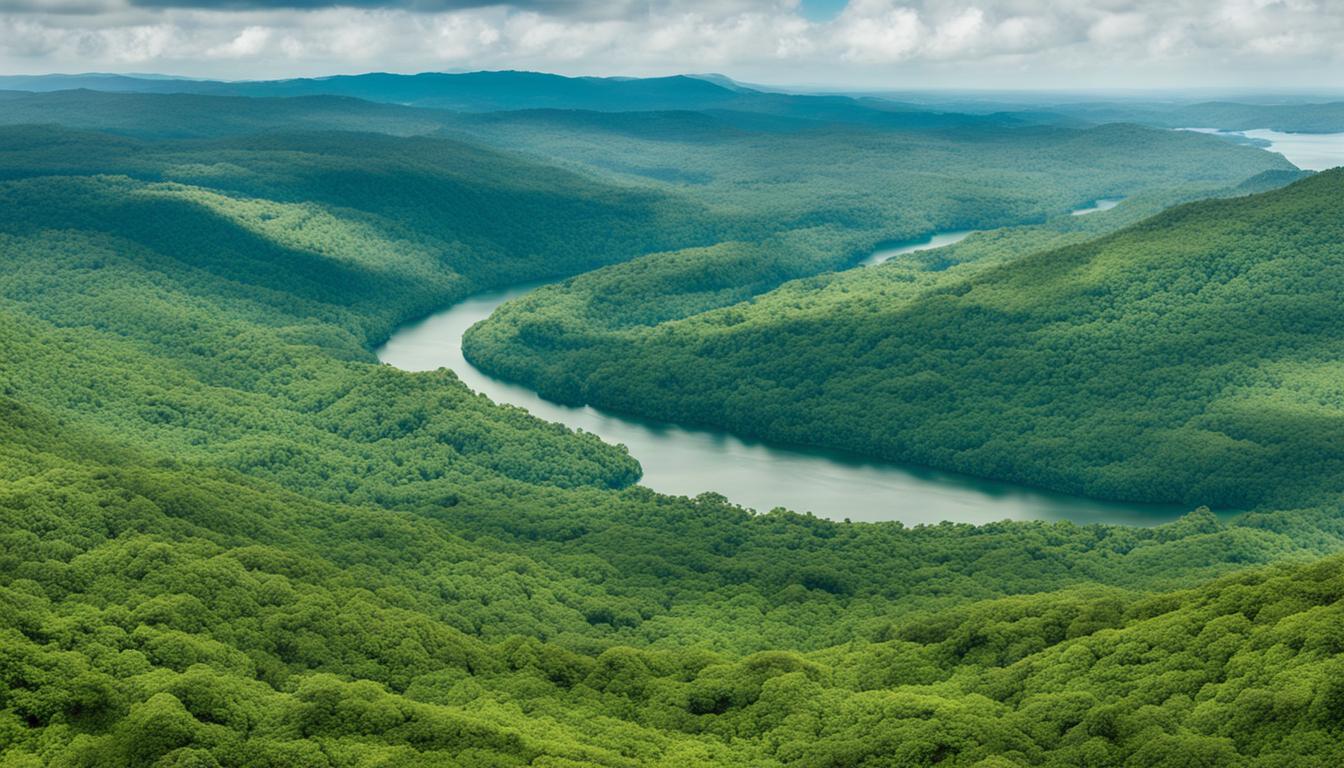mashupch.com – Nestled at the confluence of the Willamette and Clackamas Rivers, Oregon City is a vibrant city that offers a unique blend of history, natural beauty, and modern charm. As the first city in the state of Oregon, it holds a special place in the region’s history, with its roots tracing back to the early 19th century. Whether you’re interested in exploring its historical sites, enjoying outdoor activities, or discovering local culture, Oregon City is a destination that offers something for everyone.
The Historical Significance of Oregon City
Oregon City was founded in 1829 and served as the territorial capital of Oregon until 1852. It is one of the most historically rich cities in the state, thanks to its pivotal role in the westward expansion of the United States. During the 19th century, Oregon City became a key stop along the Oregon Trail, where settlers traveled westward in search of a new life.
One of the city’s most notable historical landmarks is the End of the Oregon Trail Interpretive Center, which commemorates the final destination for thousands of pioneers who traveled the Oregon Trail. The center features interactive exhibits and educational displays that provide insight into the struggles and triumphs of those who made the journey.
Another iconic historical feature of Oregon City is the Willamette Falls, the largest waterfall in the Pacific Northwest. The falls played a critical role in the city’s development, as they were a source of power for the early industrial economy. Visitors can learn about the falls’ historical significance and its role in shaping the region through guided tours and exhibits.
Natural Beauty and Outdoor Activities
Oregon City is surrounded by lush landscapes and offers an array of outdoor activities for nature lovers and adventure seekers. The city’s location along the Willamette River provides ample opportunities for water-based activities such as kayaking, fishing, and boating. For those who prefer to stay on land, Oregon City is home to several scenic parks, hiking trails, and nature preserves.
Clackamas River Trail is a popular spot for outdoor enthusiasts, offering beautiful views of the Clackamas River, as well as opportunities for hiking, biking, and wildlife viewing. The Dogwood Park, located in the heart of the city, is another great location for picnics, outdoor gatherings, and leisurely walks.
Just a short drive from Oregon City, visitors can explore the Mt. Hood National Forest, offering expansive forests, alpine lakes, and mountain views. Whether you’re hiking, skiing, or just taking in the sights, the forest provides a year-round destination for outdoor recreation.
Oregon City’s Cultural and Artistic Scene
Oregon City boasts a growing cultural and artistic scene, with many local artists and performers contributing to the city’s vibrant atmosphere. The downtown area is home to a variety of galleries, studios, and performance spaces, where visitors can experience the creativity of the local community.
The Oregon City Municipal Elevator, an iconic landmark that connects the upper and lower parts of the city, is one example of the city’s blend of art and functionality. This unique structure is a historical site and a testament to the city’s engineering achievements.
Local theaters, such as the Oregon City Civic Auditorium, host performances ranging from plays to musical performances, offering entertainment for all ages. Additionally, the city holds several art festivals, including the Oregon City Festival of the Arts, where visitors can enjoy visual arts, live performances, and hands-on activities.
Key Attractions in Oregon City
- End of the Oregon Trail Interpretive Center: A must-see for history enthusiasts, this center offers a detailed look at the pioneers who traveled the Oregon Trail and the challenges they faced along the way.
- Willamette Falls: This powerful and scenic waterfall is one of the most famous landmarks in Oregon City. Visitors can enjoy viewing the falls from various viewpoints and learn about its historical importance to the area.
- Oregon City Municipal Elevator: The only vertical street in North America, this elevator provides a unique way to travel between Oregon City’s historic downtown and the scenic bluff area above. It’s a historic structure that offers a great view of the surrounding area.
- McLoughlin House: The home of the city’s founder, Dr. John McLoughlin, is a National Historic Site that showcases early pioneer life in Oregon. The house offers tours and educational programs that delve into the region’s early days.
- Clackamas County Historical Society Museum: This museum provides insight into the rich history of the area, showcasing artifacts, exhibits, and stories of Oregon City’s past.
A Thriving Community with a Modern Touch
Oregon City is a dynamic place where history meets modern living. In recent years, the city has experienced growth, with new businesses, restaurants, and shops opening to serve both locals and visitors. The Oregon City Farmers Market is a local favorite, offering fresh produce, crafts, and live music throughout the year.
Despite its growth, Oregon City has managed to maintain its small-town charm. The community is tight-knit, with residents and visitors alike enjoying the relaxed, welcoming atmosphere. Whether you’re exploring the local businesses or attending a community event, Oregon City has a laid-back, neighborly feel that makes it a great place to visit or call home.
Conclusion
Oregon City is a city that offers a rich blend of history, culture, natural beauty, and modern attractions. From its historical landmarks and scenic parks to its vibrant arts scene and welcoming community, Oregon City has something for everyone. Whether you’re exploring the city’s fascinating past, enjoying the outdoors, or immersing yourself in local culture, Oregon City is a destination worth discovering in the Pacific Northwest.





